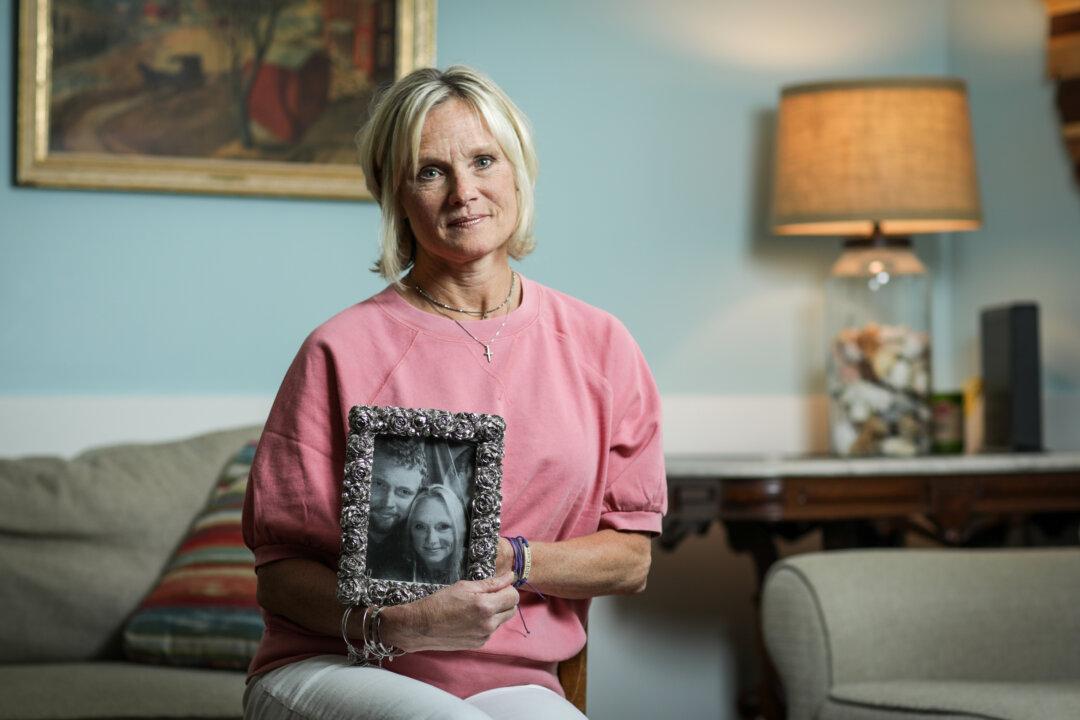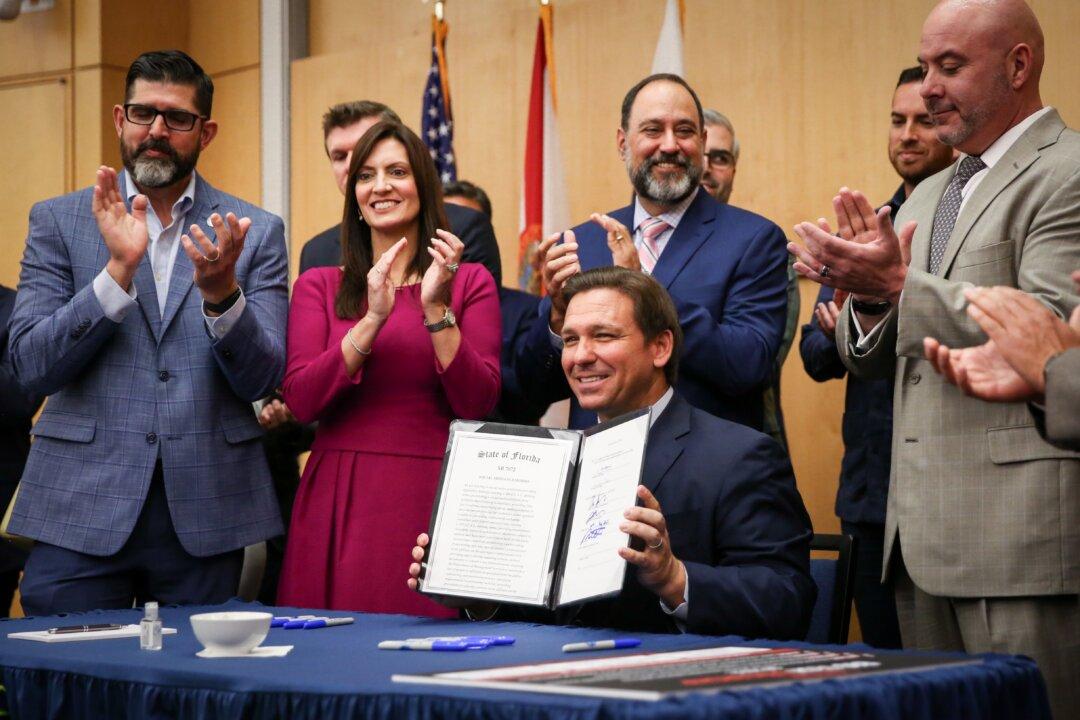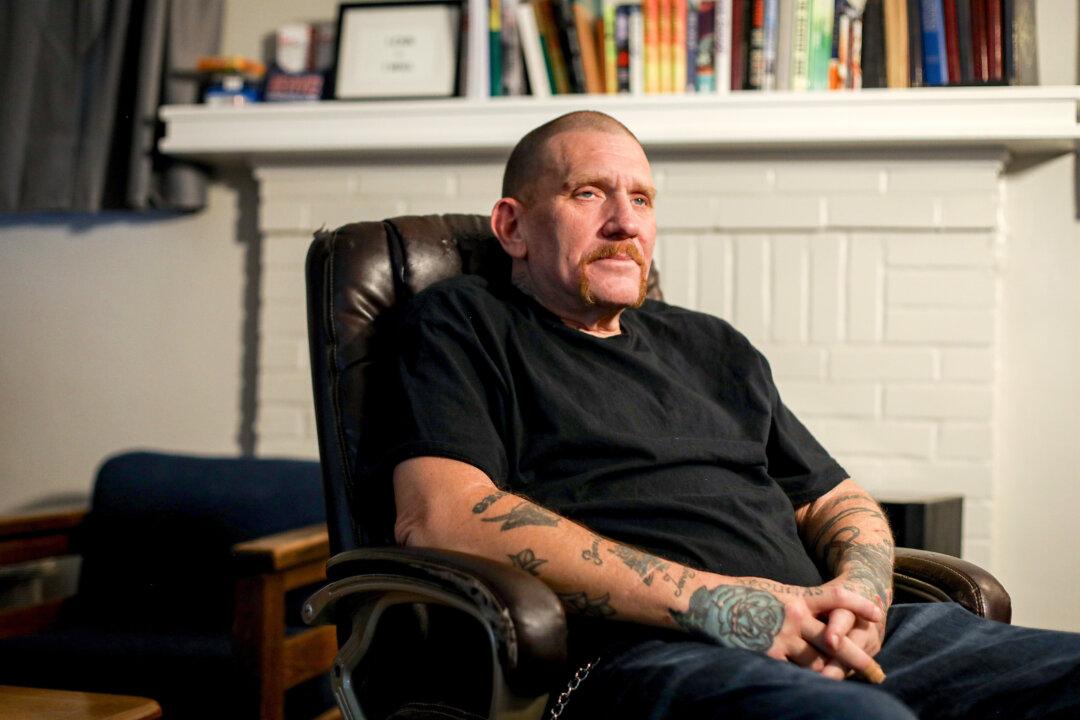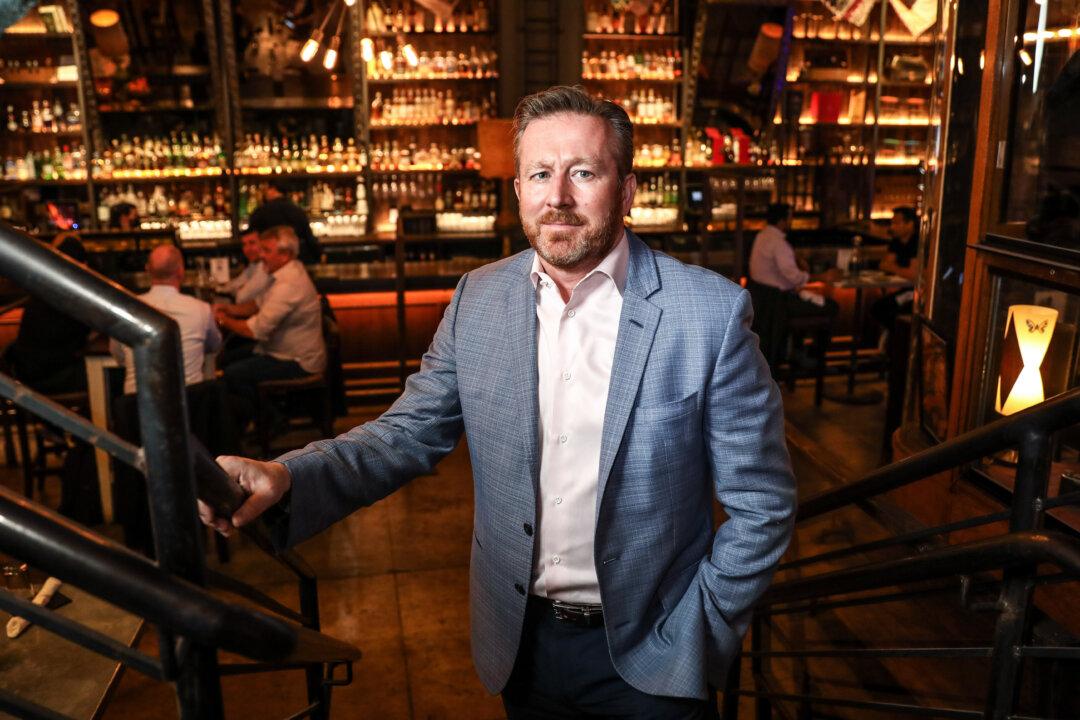First Lady Melania Trump visited a 17th-century castle along Ghana’s coast that once served as a holding facility for the transatlantic slave trade, on the second day of her solo trip to Africa.
Trump vowed to never forget the conditions in which Africans were held before they were shipped across the Atlantic. She described the day’s events as an “emotional” experience and laid a wreath at Cape Coast Castle, a 17th-century fortress.




